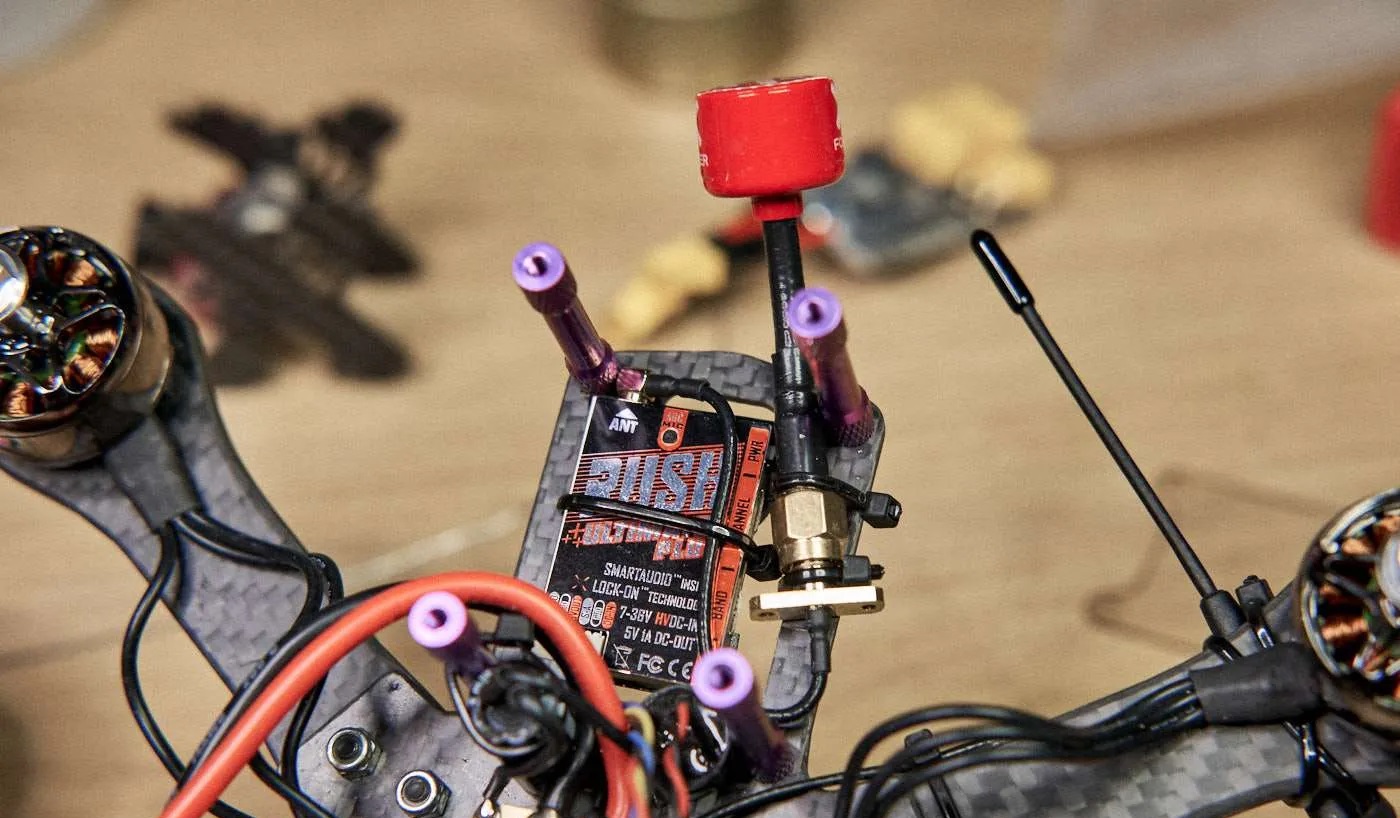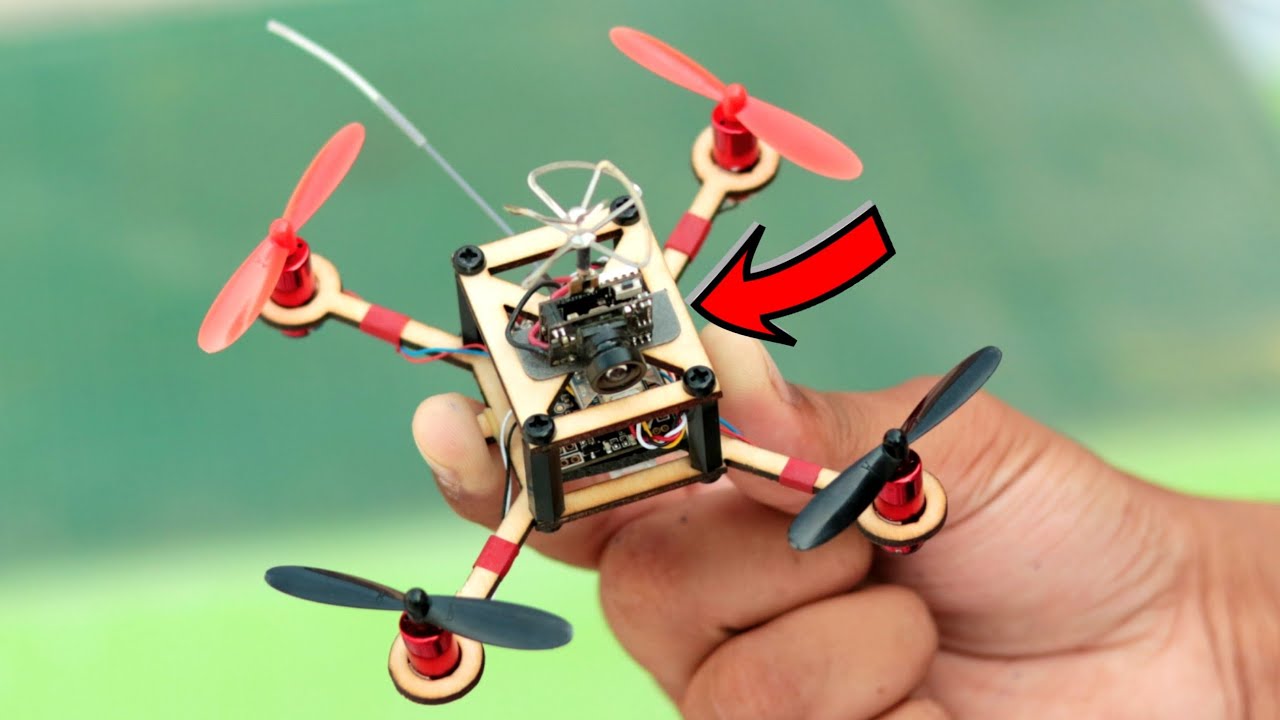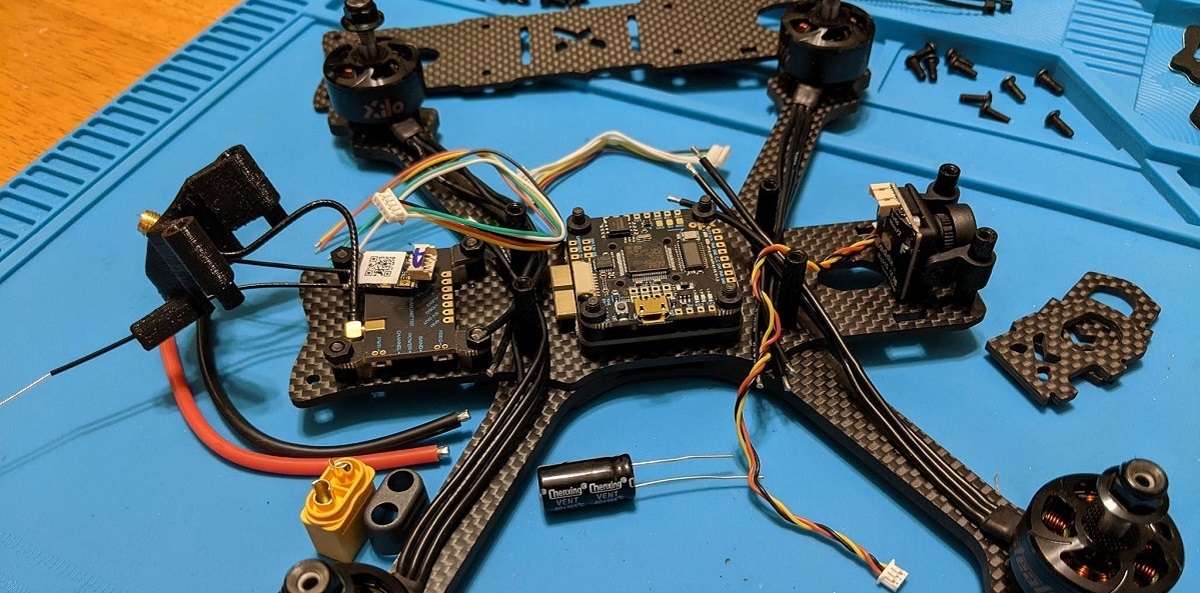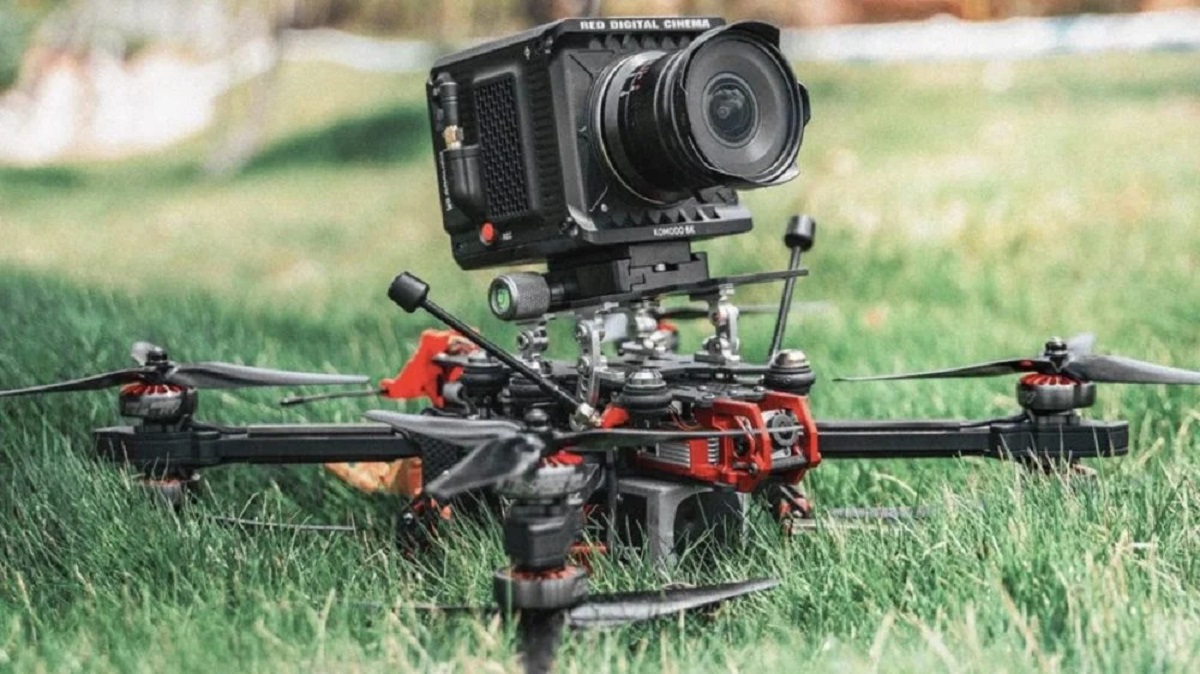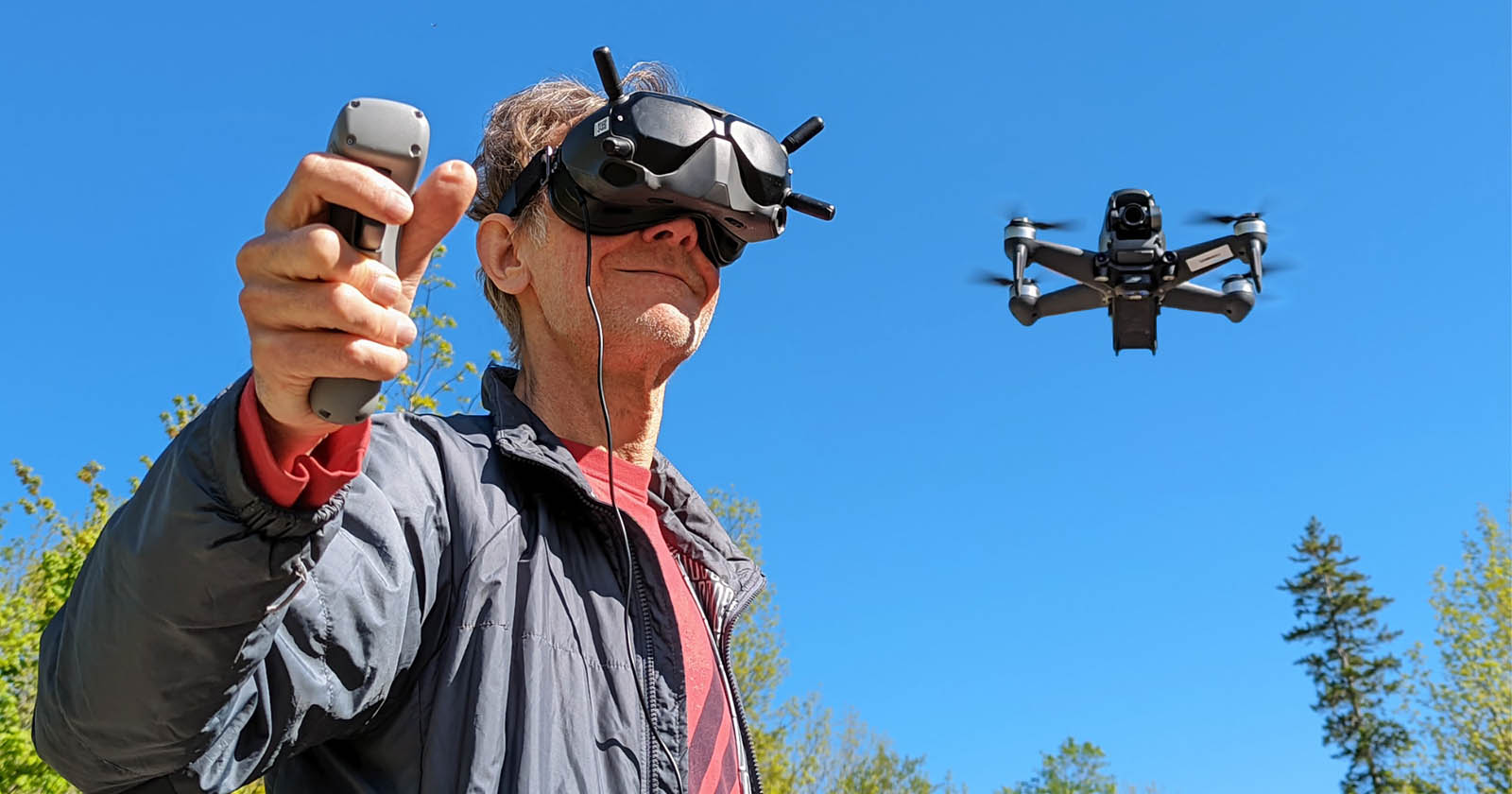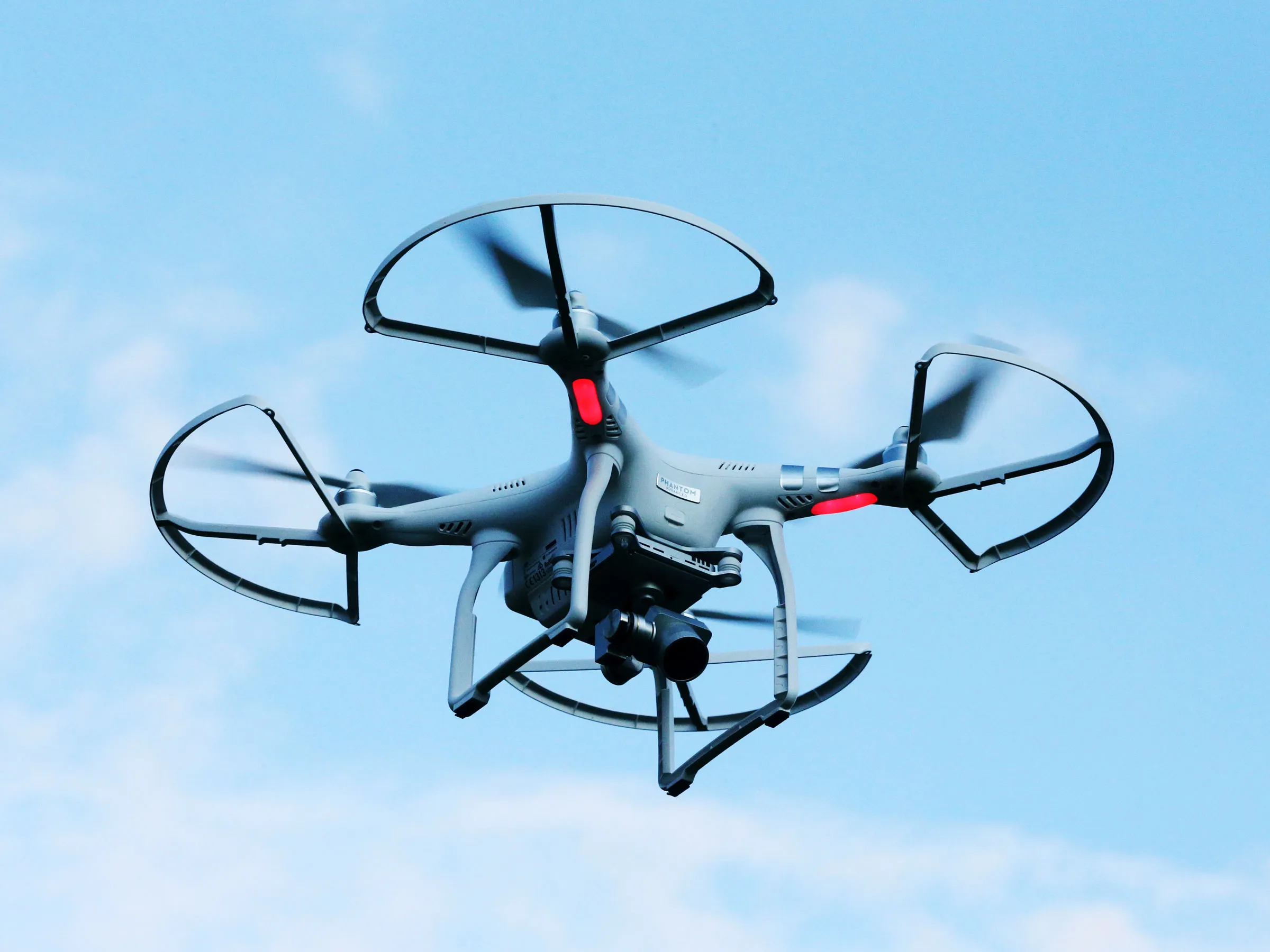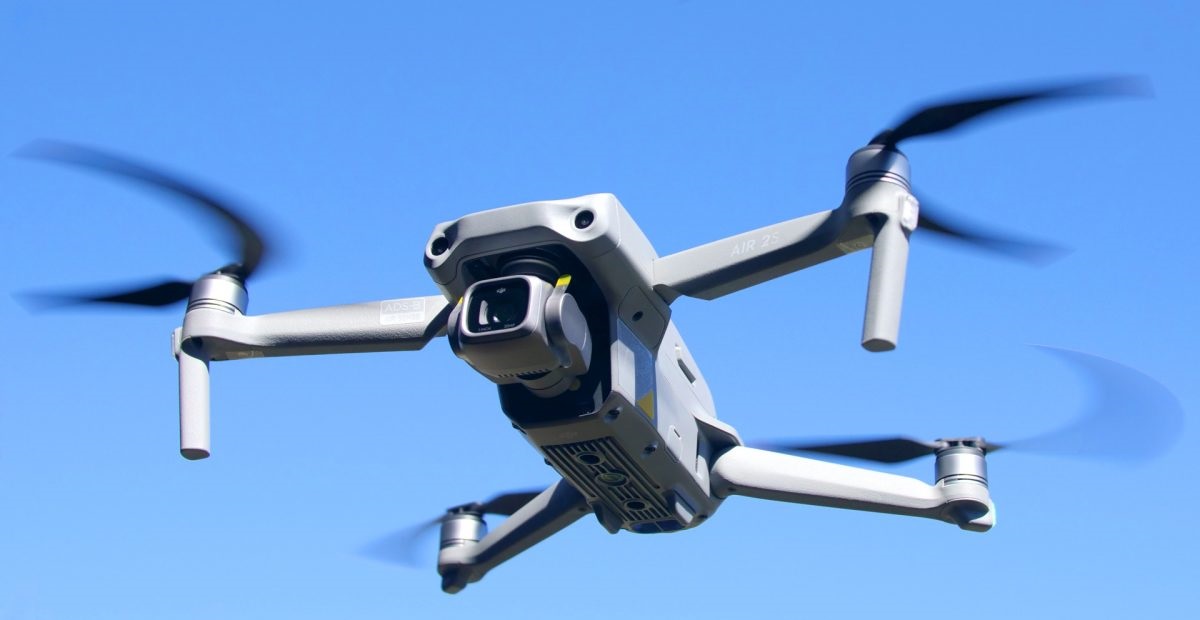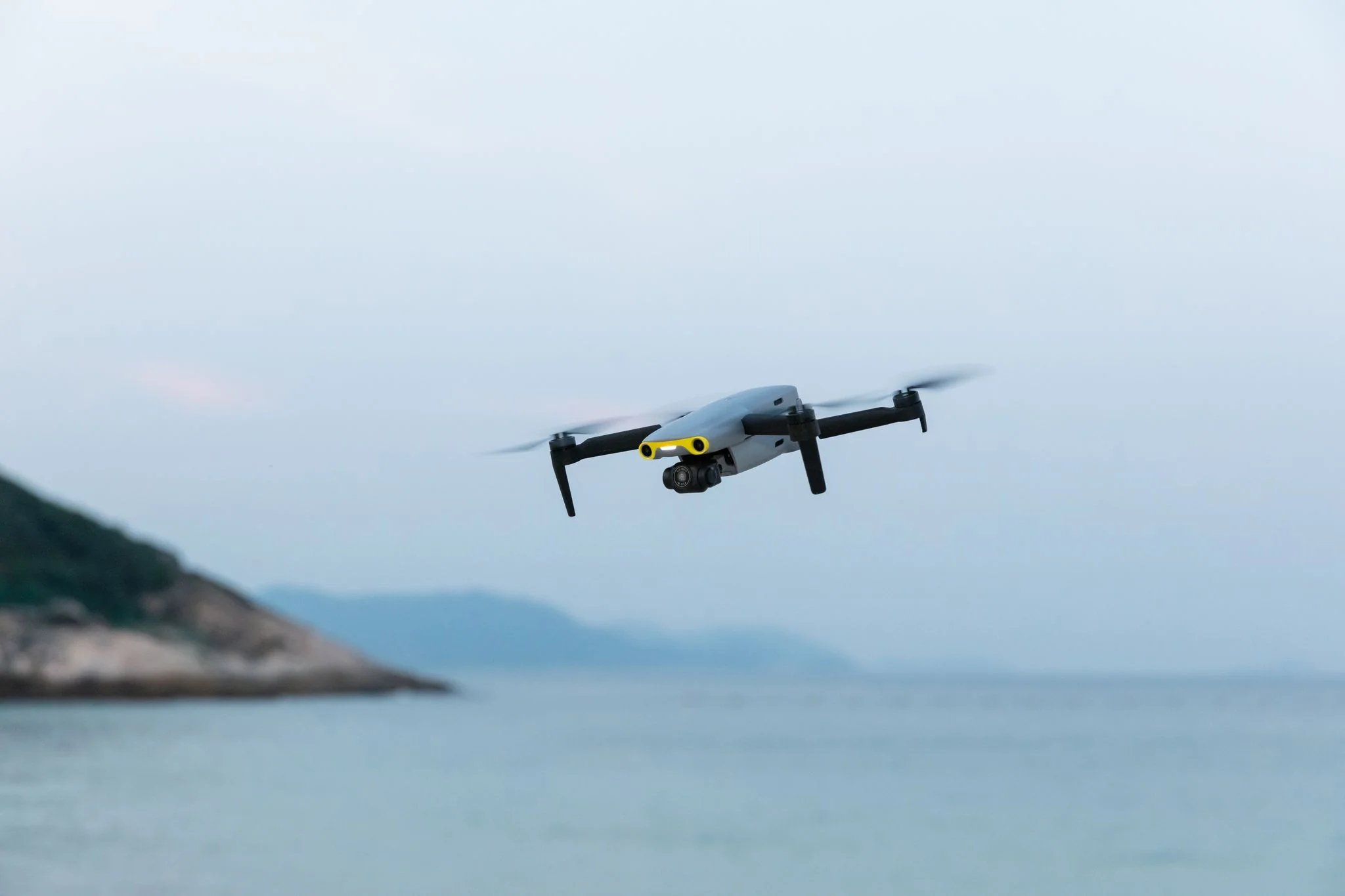Introduction
When it comes to the world of drones, there are various types and models available, each serving a different purpose. One popular type of drone that is gaining traction in the drone community is the VTX drone. VTX stands for Video Transmitter, and these drones are specifically designed for aerial photography and videography enthusiasts.
VTX drones are equipped with a built-in video transmitter that allows real-time video transmission from the drone to a receiver, such as a monitor or goggles. This feature enables users to experience the thrill of flying the drone from a first-person perspective.
In this article, we will explore what exactly a VTX drone is, how it works, the various components that make up a VTX drone, the different types available, the benefits of using one, and the factors to consider when choosing a VTX drone.
If you’re an aspiring drone pilot or a seasoned veteran looking to upgrade your equipment, read on to discover everything you need to know about VTX drones.
What is a VTX Drone?
A VTX drone, or Video Transmitter drone, is a type of unmanned aerial vehicle (UAV) that is specifically designed for capturing and transmitting real-time video footage from the drone’s camera to a receiver. This allows pilots to have a first-person view (FPV) of the drone’s flight, making it popular among aerial photography and videography enthusiasts.
One of the key components of a VTX drone is its video transmitter, which is responsible for streaming the video signals from the camera to the receiver in real-time. This transmitter is typically equipped with different frequency bands and channels, allowing pilots to select the optimal frequency for uninterrupted video transmission.
In addition to the video transmitter, VTX drones are also equipped with a camera, flight controller, and other components necessary for stable flight and control. These drones can vary in size and capabilities, ranging from small, compact models for indoor flight to larger, more powerful drones designed for outdoor aerial photography and videography.
One of the key advantages of using a VTX drone is the ability to capture stunning aerial footage. Whether you’re capturing landscapes, events, or action shots, the real-time video feed allows you to see exactly what the drone’s camera sees, giving you greater control and precision in capturing the perfect shot.
Furthermore, VTX drones offer a unique and immersive flying experience. By using a compatible receiver, such as FPV goggles or a monitor, users can feel as though they are in the cockpit of the drone, flying through the air and navigating obstacles.
In the next section, we will delve deeper into how a VTX drone works and the components that make up this exciting piece of technology.
How Does a VTX Drone Work?
A VTX drone works by utilizing a combination of advanced technology and components to capture, process, and transmit video footage in real-time. Let’s explore the step-by-step process of how a VTX drone operates:
- Camera Capture: The drone’s camera is responsible for capturing high-quality video footage. The camera is typically mounted on a gimbal, which helps stabilize the footage and reduce vibrations.
- Video Processing: Once the camera captures the footage, it is processed by an onboard flight controller. The flight controller enhances the video quality, adjusts for factors such as exposure and white balance, and prepares the footage for transmission.
- Video Transmission: The processed video signals are then sent to the integrated video transmitter. The video transmitter has multiple frequency bands and channels that allow the pilot to select the optimal frequency for video transmission.
- Receiver Reception: On the receiving end, the pilot uses a compatible receiver such as FPV goggles or a monitor to receive the video signals. The receiver is tuned to the same frequency as the video transmitter to establish a connection.
- Real-Time Viewing: Once the connection is established, the pilot can view the real-time video feed from the drone’s camera. This immersive experience allows for more precise control and framing of shots.
It’s important to note that the range of video transmission may vary depending on the drone’s specifications. Factors such as the power output of the video transmitter, antenna quality, and environmental conditions can affect the range of the video feed.
Additionally, VTX drones often come with adjustable transmission power levels, allowing pilots to increase or decrease the power output based on their specific needs. Lower power output can conserve battery life and reduce interference, while higher power output can improve the range and signal strength.
Overall, the combination of a high-quality camera, efficient video processing, and reliable video transmission technology is what makes a VTX drone work seamlessly, providing an immersive and real-time aerial videography experience.
Components of a VTX Drone
A VTX drone is made up of several key components that work together to enable its aerial videography capabilities. Understanding these components is essential for pilots and enthusiasts who want to delve into the world of VTX drones. Let’s take a closer look at each of these components:
- Frame: The frame is the main structure of the drone, usually made from lightweight materials such as carbon fiber or aluminum. It provides support for other components and protects them from damage.
- Flight Controller: The flight controller is the brain of the drone, responsible for maintaining stability and controlling flight movements. It processes data from various sensors, including accelerometers, gyroscopes, and magnetometers, to keep the drone balanced and responsive.
- Motor and ESCs: VTX drones have multiple motors and electronic speed controllers (ESCs). The motors generate thrust, while the ESCs regulate the speed of each motor, allowing the drone to maneuver and change altitude.
- Battery: A powerful and rechargeable battery provides the necessary energy to power the drone and its components. The size and capacity of the battery depend on the drone’s weight and flight time requirements.
- Camera: The camera is a crucial component of a VTX drone, capturing high-quality video footage. It can vary in resolution, lens type, and features such as image stabilization and adjustable settings.
- Video Transmitter: The video transmitter (VTX) is responsible for transmitting the video signals from the drone’s camera to the receiver, allowing real-time viewing. It has different frequency bands and channels for optimal video transmission.
- Receiver: The receiver is the counterpart to the video transmitter and is used by the pilot to receive and view the real-time video feed. It can be in the form of FPV goggles or a monitor, providing an immersive flying experience.
- Antenna: The antenna plays a crucial role in ensuring a reliable video transmission. It is responsible for receiving and transmitting the video signals between the drone and the receiver, with different antenna types offering varying ranges and signal strengths.
- Controller: The controller is used to command and control the drone’s flight, allowing the pilot to maneuver the drone in different directions and adjust settings. It typically consists of a transmitter and a receiver.
These components work together to create a fully functioning VTX drone, allowing pilots to capture stunning aerial footage and experience the thrill of flying from a first-person perspective.
Types of VTX Drones
Variety is one of the distinguishing features of the drone market, and VTX drones are no exception. There are several types of VTX drones available, catering to different skill levels and specific use cases. Let’s explore some of the common types:
- Racing Drones: Racing drones are designed for competitive racing events. These drones are built for speed and agility, with powerful motors and aerodynamic frames. They often feature a low-latency video transmitter to provide a real-time and responsive flying experience for the pilots.
- Cinematic Drones: Cinematic drones are built specifically for capturing breathtaking aerial footage. These drones often have high-quality cameras, advanced stabilization systems, and customizable camera settings. They are typically larger in size and offer longer flight times to accommodate extended filming sessions.
- Freestyle Drones: Freestyle drones are a popular choice among drone enthusiasts who enjoy performing acrobatic maneuvers and capturing dynamic footage. These drones are designed to be highly maneuverable and responsive, allowing pilots to execute impressive aerial tricks and flips.
- Micro Drones: Micro drones are small, compact, and lightweight VTX drones. They are suitable for indoor flight and beginners who want to get familiar with drone flying. These drones often come with integrated cameras and FPV capabilities, providing an immersive flying experience.
- Long-Range Drones: Long-range VTX drones are built for extended flights and exploration. Equipped with high-power video transmitters, long-lasting batteries, and enhanced signal range, these drones are capable of covering extensive distances and capturing footage from remote locations.
It’s worth noting that some drones can fall into multiple categories, as their features and capabilities can overlap. Additionally, there are numerous models and variations within each type, offering different specifications and performance levels to suit various user preferences.
When choosing a VTX drone, it’s essential to consider your specific needs, budget, skill level, and intended use. Whether you’re looking for adrenaline-pumping racing experiences, stunning aerial cinematography, or the thrill of freestyle maneuvers, there’s a VTX drone out there to fulfill your flying ambitions.
Benefits of Using a VTX Drone
Using a VTX drone can open up a world of possibilities and offer various advantages for drone enthusiasts and professionals alike. Let’s explore some of the key benefits of using a VTX drone:
- Aerial Photography and Videography: VTX drones are specifically designed for capturing stunning aerial footage. With their integrated cameras and real-time video transmission, these drones provide a unique perspective for photographers and videographers, allowing them to capture breathtaking aerial shots with ease.
- First-Person View (FPV) Experience: VTX drones offer a first-person view of the flight through compatible receivers such as FPV goggles or a monitor. This immersive experience provides pilots with a real-time view from the drone’s perspective, enhancing control and precision in capturing the perfect shot or executing challenging maneuvers.
- Real-Time Monitoring and Framing: The real-time video transmission capabilities of VTX drones allow pilots to monitor their flight and adjust camera angles, framing, and composition on the go. This flexibility ensures that every shot is precisely framed and optimized for the desired visual impact.
- Immersive Flying Experience: Flying a VTX drone with FPV goggles or a monitor provides a thrilling and immersive experience. Pilots can feel as though they are soaring through the air, making it an exciting activity for enthusiasts who seek a unique perspective and adrenaline-fueled flights.
- Enhanced Control and Maneuverability: VTX drones are typically equipped with powerful motors, responsive flight controllers, and agile designs, offering enhanced control and maneuverability. This allows pilots to navigate through tight spaces, perform impressive aerial tricks, and capture dynamic footage from challenging angles.
- Expand Creativity and Artistic Expression: With the ability to capture breathtaking aerial footage, VTX drones provide a platform for creative expression and artistic exploration. Pilots can experiment with different angles, perspectives, and compositions, enabling them to create unique and visually stunning content.
- Exploration and Adventure: Long-range VTX drones allow pilots to explore vast landscapes and remote locations, opening up opportunities for adventure and discovery. These drones offer the ability to capture footage from previously inaccessible or hard-to-reach areas, providing a whole new level of exploration.
Whether you’re an aspiring aerial photographer, an adrenaline-seeking pilot, or simply curious about the world from above, using a VTX drone can elevate your flying experience and unlock a whole new realm of creative possibilities.
Factors to Consider When Choosing a VTX Drone
Choosing the right VTX drone can be a daunting task, given the wide range of options available in the market. To make an informed decision, it’s important to consider several factors that can impact your flying experience and the quality of aerial footage. Here are some key factors to consider when choosing a VTX drone:
- Skill Level: Assess your skill level as a drone pilot. If you are a beginner, it’s advisable to start with a drone that offers stability features, easy controls, and a smaller form factor for indoor flights.
- Intended Use: Determine the primary purpose for using a VTX drone. Are you interested in racing, aerial photography, videography, or freestyle maneuvers? Different types of VTX drones cater to specific use cases, so it’s important to choose one that aligns with your interests.
- Budget: Define your budget range for purchasing a VTX drone. Prices can vary significantly based on factors such as camera quality, flight time, maximum range, and additional features. Find a balance between your budget and the desired specifications.
- Camera Quality: Assess the camera capabilities of the VTX drone. Consider factors such as resolution, stabilization technology, adjustable settings, and lens type. A high-quality camera will ensure sharp and vivid aerial footage.
- Flight Range and Time: Evaluate the maximum range and flight time of the drone. Longer flight range allows you to explore wider areas, while extended flight time ensures that you have sufficient time to capture the footage you desire. It’s important to strike a balance based on your needs.
- Transmitter Power and Frequency: Check the power output and frequency options of the video transmitter. Higher power output can provide a better transmission range but may also consume more battery life. Opt for a drone with a versatile video transmitter that allows you to adapt to different environments.
- Build Quality and Durability: Consider the build quality and durability of the VTX drone, especially if you plan to fly in challenging conditions or perform acrobatic maneuvers. Look for drones that are made from durable materials and have protective features, such as propeller guards.
- Additional Features: Explore any additional features or capabilities offered by the drone, such as GPS navigation, obstacle avoidance, intelligent flight modes, and follow-me functions. These features can enhance your flying experience and creativity.
By taking these factors into account, you can narrow down your options and find a VTX drone that best suits your needs and preferences. Remember to prioritize the features that are most important to you and consider the balance between price and performance.
Conclusion
VTX drones, or Video Transmitter drones, have revolutionized the world of aerial photography and videography. With their real-time video transmission capabilities and immersive flying experience, these drones offer enthusiasts and professionals the opportunity to capture stunning aerial footage from unique perspectives.
Throughout this article, we have explored what VTX drones are, how they work, the components that make up these drones, the various types available, the benefits they offer, and the factors to consider when choosing one.
When selecting a VTX drone, it’s important to consider factors such as your skill level, intended use, budget, camera quality, flight range and time, transmitter power and frequency, build quality, and additional features. By carefully evaluating these factors, you can find a drone that aligns with your needs and preferences.
VTX drones not only provide the thrill of flying but also unleash creativity and open doors to new possibilities. Whether you’re an aerial photography enthusiast, a racing enthusiast seeking adrenaline-pumping experiences, or an adventurer looking to explore remote landscapes, VTX drones can elevate your flying experience and capture moments from a whole new perspective.
As technology continues to advance, we can expect further innovations in the world of VTX drones. Stay informed about the latest advancements and make sure to check for any regulations and licensing requirements in your location to ensure safe and responsible drone usage.
So, if you’re ready to take flight and capture breathtaking aerial footage, consider investing in a VTX drone and explore the limitless possibilities of the skies. Embark on your drone flying journey and witness the world from above in a way you’ve never experienced before.







